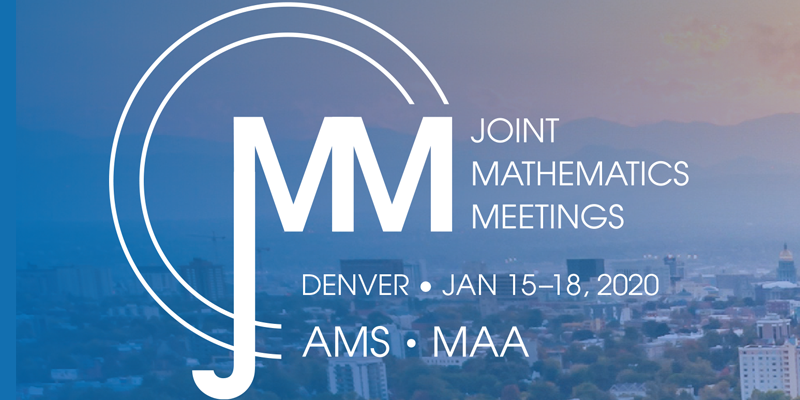
UPCOMING: Joint Mathematics Meetings 2020
Talk Title: Platelet Plug this Hole: A mathematical model of flow-mediated platelet accumulation in an extravascular injury.

Ph.D. Candidate
Department of Mathematics
University of Utah

I am on the job market and in my final year of the Mathematical Biology Research Program at the University of Utah. Here is a copy of my curriculum vitae.
GENERAL RESEARCH INTERESTS: My research interests include the development and analysis of mathematical models and computational tools for problems at the intersection of fluid dynamics, biology, and transport in porous media. I am currently interested in understanding the phenomenon of blood clotting and more specifically immunothrombosis, defined as the crosstalk between coagulation and innate immunity. To investigate this intersection of biological processes, Aaron L. Fogelson, Ph.D and myself have developed two ordinary differential equation (ODE) models that capture both biochemical and biophysical dynamics of the hemostatic system and a key player in innate immunity, the complement system. We are also interested in the role leukocytes play in platelet aggregation. Our particle-continuum platelet-leukocyte aggregation model is currently being developed along with the computational fluid dynamics (CFD) required for simulation.
FLOW-MEDIATED HEMOSTASIS IN AN EXTRAVASCULAR INJURY: We are in the process of validating our mathematical model of platelet deposition in an extravascular injury that incorporates platelet function and the effects of flow through an extravascular injury with an analogous partial differential equation (PDE) model and an in vitro MFA. This communication of models is a result of collaboration with both Karin Leiderman, Ph.D and Keith Neeves, PhD at the Colorado School of Mines, where our work is contributing to a systems biology approach to identifying bleeding risk factors for hemophilia and von Willebrand disease.
IDENTIFYING BIOMARKERS OF HEMOPHILIA: To further these efforts, our group including Suzanne Sindi, PhD, conducted local sensitivity analyses (LSA) and a variance-based global sensitivity analysis (GSA) of a mathematical model of coagulation and platelet deposition under flow for normal blood and identified markers and modifiers of robust thrombin generation. Using a similar approach, we utilized GSA results to identify coagulation factor V (FV) as a modifier of thrombin generation in hemophilia A. The mathematical model proposed a biochemical mechanism explaining low FV-mediate thrombin generation in FVIII-deficient blood and both in vitro MFA experiments and in vivo thrombin generation assays provided by Jorge DiPaola, MD and his group confirmed this prediction. This unexpected result provides an excellent example of the potential of mathematical models making predictions in complex biological networks.
INITIATION OF THE ALTERNATIVE PATHWAY OF THE COMPLEMENT SYSTEM: We have developed one of the first mathematical models of fluid-phase activation of the alternative pathway of the complement system that has been partially validated by experimental data. We intend to extend this model to include membrane-associated reactions with the help of John Morser, PhD.
I have authored 7 journal articles.
I have attended multiple conferences and workshops involving mathematical biology and blood research. Feel free to explore the links below.

Talk Title: Platelet Plug this Hole: A mathematical model of flow-mediated platelet accumulation in an extravascular injury.
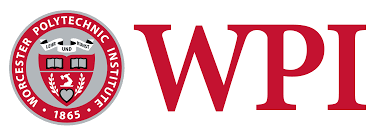
Invited Participant

Talk Title: Using a mathematical model of platelet aggregation in an extravascular injury to investigate modifiers of primary hemostasis.
Talk Title: A mathematical model of flow-mediate coagulation identifies FV as a modifier of thrombin generation in hemophilia A.
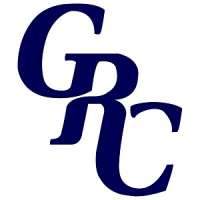
Poster Title: Towards a Model of Hemostasis: Flow-Mediated Platelet Accumulation in an Extravascular Injury.
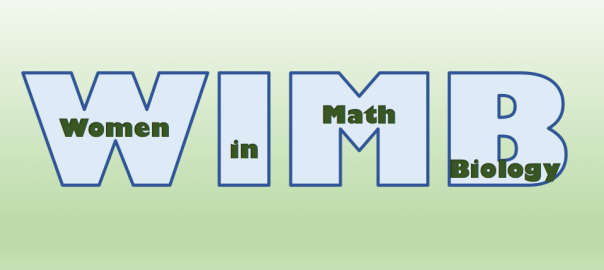
Poster Title: A fluid-phase model of alternative pathway initiation of the complement system.

Poster Title: Towards an Ordinary Differential Equation Model of Bleeding.
While being a graduate student at the University of Utah in the mathematics department, I have had the privilege to be the lead instructor for undergraduate courses. Click on the links below to see the syllabus for the respective course (additional information can be found on Canvas for enrolled students). To see my teaching evaluations, CLICK HERE. I have also had the opportunity to be involved in many service and outreach opportunities including graduate and high school, undergraduate, and graduate student affairs.

Course Description: functions and graphs, linear and quadratic functions, matrices, Gaussian elimination, exponential and logarithmic functions, growth, periodic and continuously compounded interest, arithmetic and goemetric series, annuities and loans
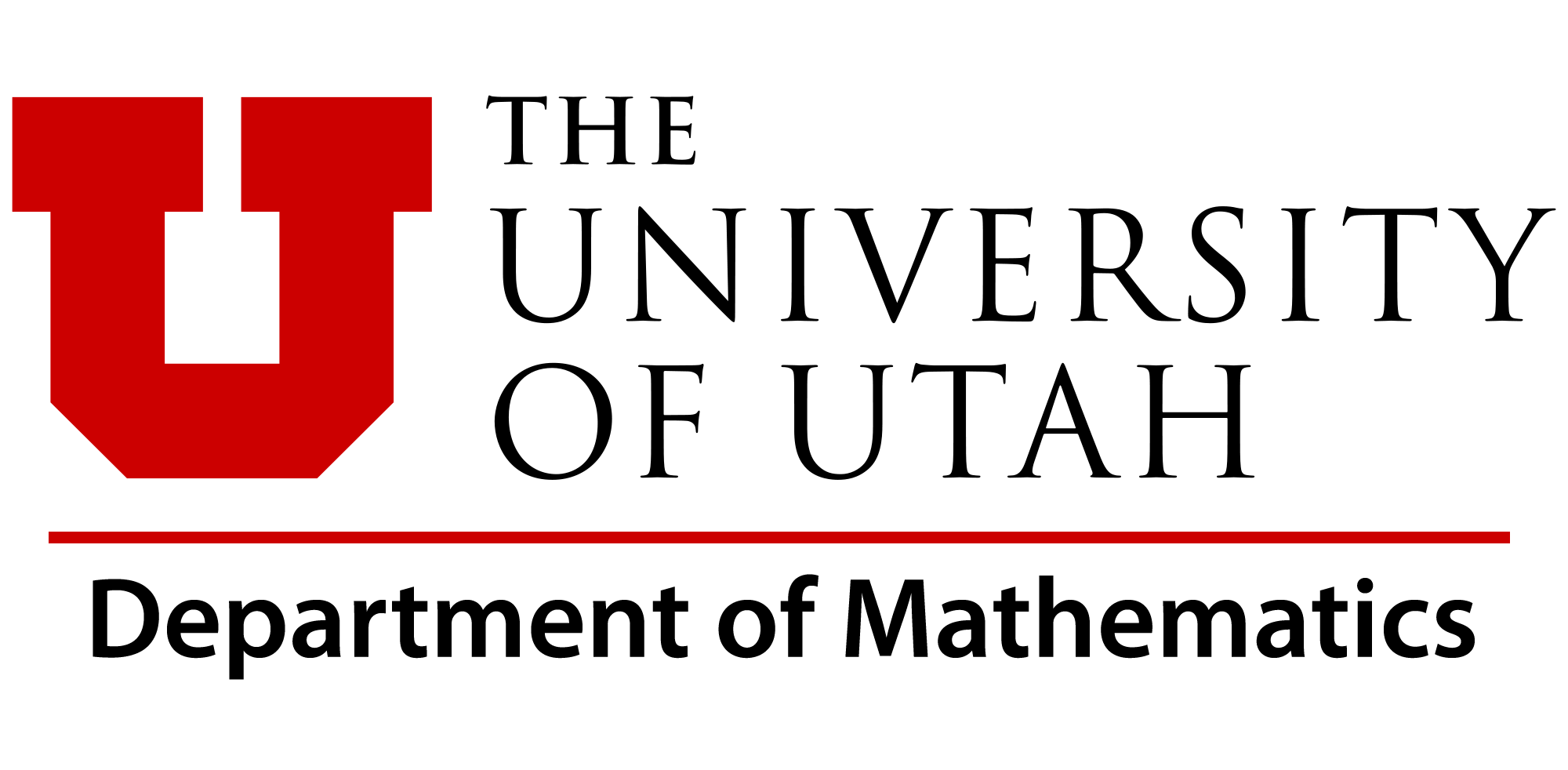
I served as the GSAC co-chair for the 2018-2019 term. I work to advise new and continuing graduate students concerning curricula, requirements for degrees, and other aspects of the graduate program. In addition, I am a member of the Retention, Promotion, and Tenure committee, which makes recommendations to the department concerning faculty members. Lastly, I am involved in the organization of visiting weekend for our graduate student recruitment.

I am incredibly passionate about providing high school, undergraduate, and graduate students research opportunities and experiences. I have worked with a local high school student on a mathematical biology project regarding Dengue fever in preparation for the University of Utah Science and Enginnering Fair. Last year, I worked with an undergradaute math major alongside Frederick R. Adler on an REU project investigating prostate cancer modeling and optimal treatment stretegies. I have participated in a mentoring program that matches undergraduate students with an interest in mathematics to graduate students in our department. For more information, see: AWM Mentoring.
My office is LCB 317, and if the door is open, come in and chat! If I am not in the office, email is the best way to reach me.
Email: link "at" math "dot" utah "dot" edu
Phone: (801) 585-1635
LeRoy Cowles Building (LCB), Building #013, Rm. 317